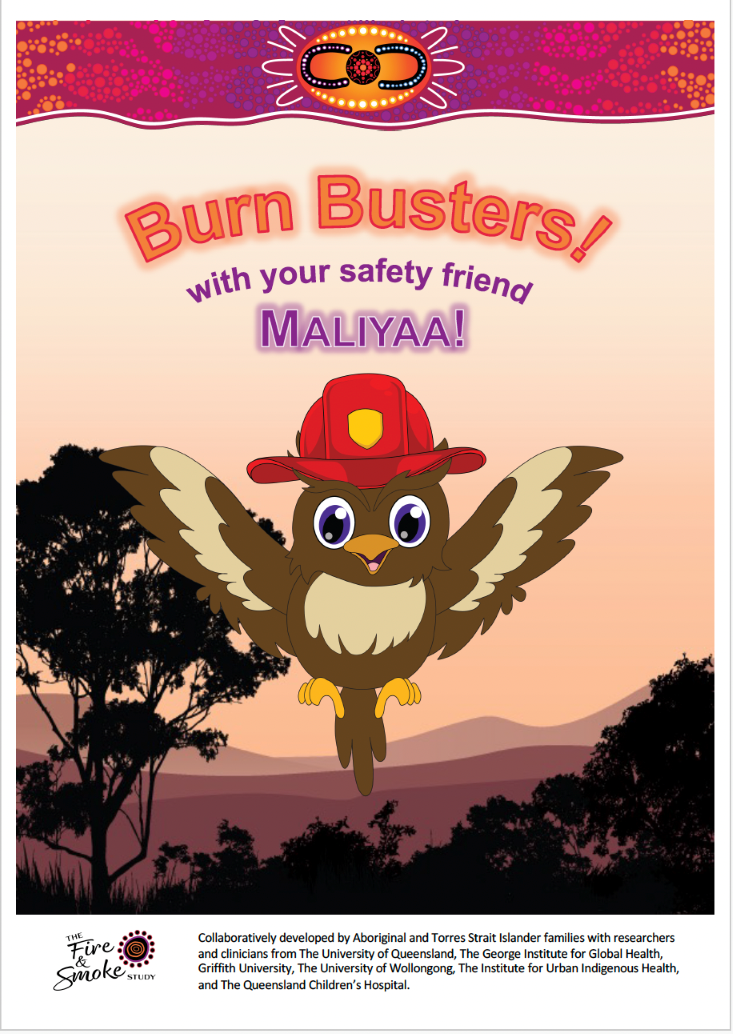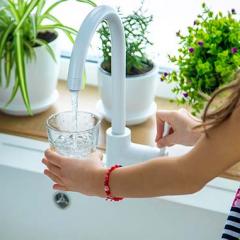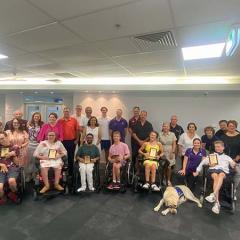
Reducing the number and severity of burn injuries among Aboriginal and Torres Strait Islander children and adolescents is the focus of educational resources, based on University of Queensland research.
Dr Hayley Williams, a Gamilaroi woman from UQ's School of Psychology said the resources were co-developed with Aboriginal and Torres Strait Islander families who went through paediatric burns care.
“Aboriginal and Torres Strait Islander children and adolescents are hospitalised for burn injuries at more than twice the rate of non-Indigenous children and adolescents,” Dr Williams said.
“This is often due to the burn severity, limited health services and burns care knowledge in local communities, and the need to travel long distances to gain specialised burns care.
“Even though these injuries are accidental, the caregivers often experience intense guilt and shame around the burn event and not knowing proper burn first aid, which can cause long-term psychological distress, depression, and trauma.
“The resources help raise awareness about burn risks and empower families to prevent burns and respond with gold standard first aid when a burn does happen.”
The resources include posters, bookmarks, magnets, kids’ activity books, a referral pathway chart, and a step-by-step burns first aid video that details the four C’s of burns first aid - Clothes off, Cool the burn, Call for help, and Cover and protect.
To develop the resources, yarning sessions with Aboriginal and Torres Strait Islander families and health professionals were held to co-design the first draft of resources, followed by focus groups with burn clinicians to ensure the messaging is evidence-based, and follow up yarning sessions with the families and health professionals to finalise the resource design.
Dr Williams said currently there are no culturally appropriate resources that address common burn injuries Aboriginal and Torres Strait young people experience living in Queensland.
“Common injuries for us mob in Queensland can include burns from motorbike exhausts, hot pavements, sun burn, and BBQ cooktops,” Dr Williams said.
“The resources provide information caregivers told us they needed, such as more information to prevent burn injuries and how to respond with correct first aid to reduce the burn severity.
“They also address the gap for clear referral information and burns first aid knowledge for health professionals in Aboriginal Community Controlled Health Services, who could be the first healthcare provider to see these burns.”
The resources will be available through local Aboriginal Community Controlled Health Organisations/Services, Aboriginal Medical Services, mum’s and bub’s programs, and hospital burns units in Queensland and New South Wales.
Register interest to receive the resources
Media contact
Faculty of Health and Behavioural Sciences Communications
habs.media@uq.edu.au



